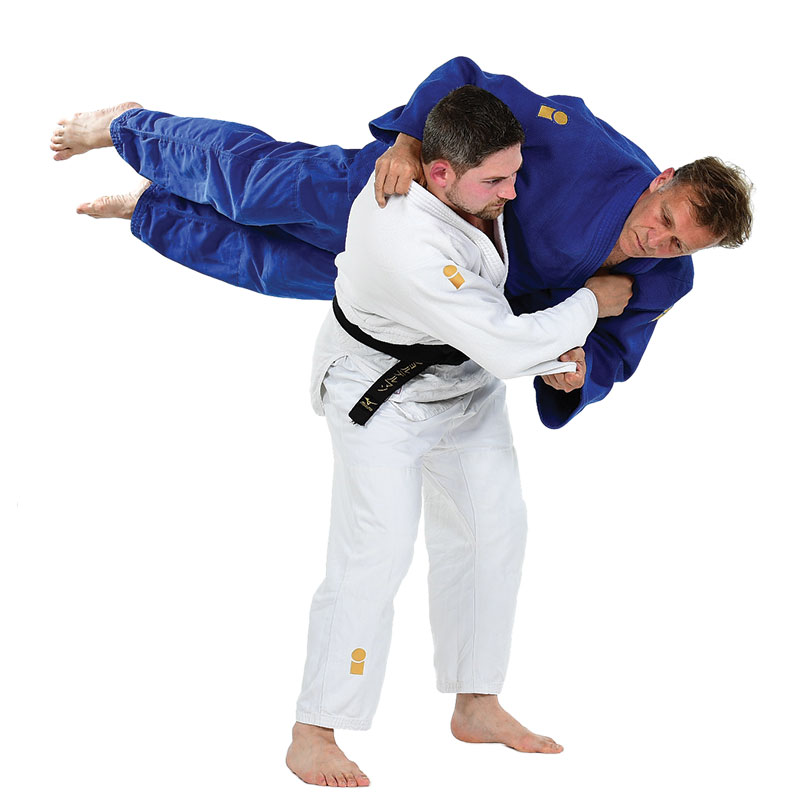Utsuri-goshi – 移腰 – Hip Shift Throw
Classification: Nage-waza (throwing technique) – Koshi-waza (hip technique)
Type: Counter throw
Kodokan-approved technique
Difficulty: ★★★★☆
Technical Description
Utsuri-goshi, or “Hip Shift Throw”, is a highly effective counter technique used against hip throws such as Harai-goshi, O-goshi, or other koshi-waza.
As uke attempts a hip throw, tori bends their knees to lower their center of gravity, then wraps their arm around uke’s waist and lifts them onto their own hip, shifting position and turning to throw uke in the opposite direction.
This creates a surprising reversal of momentum, where the attacker becomes the one being thrown.

Biomechanics of Utsuri-goshi
This throw is a classic lever technique with a clearly defined pivot point (C):
-
Fulcrum (C): Tori’s hip becomes the axis of rotation by shifting under uke’s center of mass.
-
Arm action (Re): Tori’s sleeve-side arm wraps around uke’s waist, lifting and pulling them into rotation.
-
Throwing mechanics: Once uke is lifted, tori rotates the torso, transferring uke over the hip in a movement similar to Uki-goshi, but with greater control and dynamic energy due to the lift.
This technique blends absorption, redirection, and domination of timing — fundamental principles in advanced judo.

Did You Know?
Utsuri-goshi is one of the most elegant and functional counter throws in judo.
Why?
Because it capitalises on uke’s imbalance during their own attack. In judo, there are three primary stances:
-
Shizentai (natural stance)
-
Jigotai (defensive stance)
-
Taisabaki (movement through stepping)
When uke moves using tsugi-ashi (sliding step) or ayumi-ashi (walking step), their balance momentarily shifts, and their centre of gravity becomes vulnerable. This is exactly when Utsuri-goshi shines.
Tori performs an immediate and decisive hip-shifting body turn to reverse the attack, making Utsuri-goshi an excellent demonstration of judo’s core idea:
“Seiryoku Zen’yō” – Maximum efficiency with minimum effort.